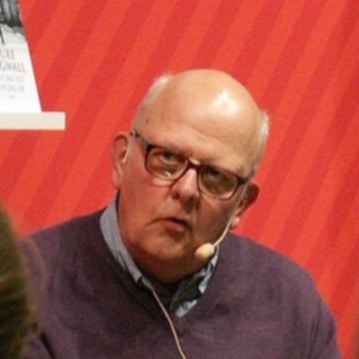
b: 1950
Sture Ragnar Bergwall
Summary
Name:
Nickname:
Thomas Quick / Sätermannen ("The Säter Man")Years Active:
1994 - 2001Birth:
April 26, 1950Status:
ReleasedClass:
Serial KillerVictims:
8+Method:
UnknownNationality:
Sweden
b: 1950
Sture Ragnar Bergwall
Summary: Serial Killer
Name:
Sture Ragnar BergwallNickname:
Thomas Quick / Sätermannen ("The Säter Man")Status:
ReleasedVictims:
8+Method:
UnknownNationality:
SwedenBirth:
April 26, 1950Years Active:
1994 - 2001bio
Sture Bergwall was born on April 26, 1950, in Korsnäs, Falun, Sweden. He grew up in a strict religious household and struggled with mental health issues from an early age. During his teenage years, he exhibited antisocial behavior, including violent outbursts and sexual assaults. In 1969, at the age of 19, he was convicted of attempting to stab a boy and later committed a sexual assault on a young boy, leading to his first psychiatric confinement.
Throughout the 1970s and 1980s, Bergwall battled drug addiction and was in and out of psychiatric care. In 1991, he was committed to Säter Hospital, a high-security psychiatric facility in Sweden, after being convicted of armed robbery.
murder story
Between 1993 and 2002, Sture Bergwall, under the alias Thomas Quick, confessed to over 30 murders across Sweden, Norway, Denmark, and Finland. His confessions led to his conviction for eight murders between 1994 and 2001. These included the deaths of:
During interrogations, Bergwall provided disturbing details about dismembering and consuming the bodies of his victims, earning him the title of "Sweden’s Hannibal Lecter." His claims were largely accepted due to his vivid storytelling, psychological evaluation, and the lack of strong counter-evidence.
However, in 2008, Bergwall retracted all his confessions, revealing that he had fabricated the stories under heavy medication and psychological pressure. Investigations found no physical evidence linking him to any crime. By 2013, all his murder convictions were overturned, and in 2014, he was released from psychiatric care.